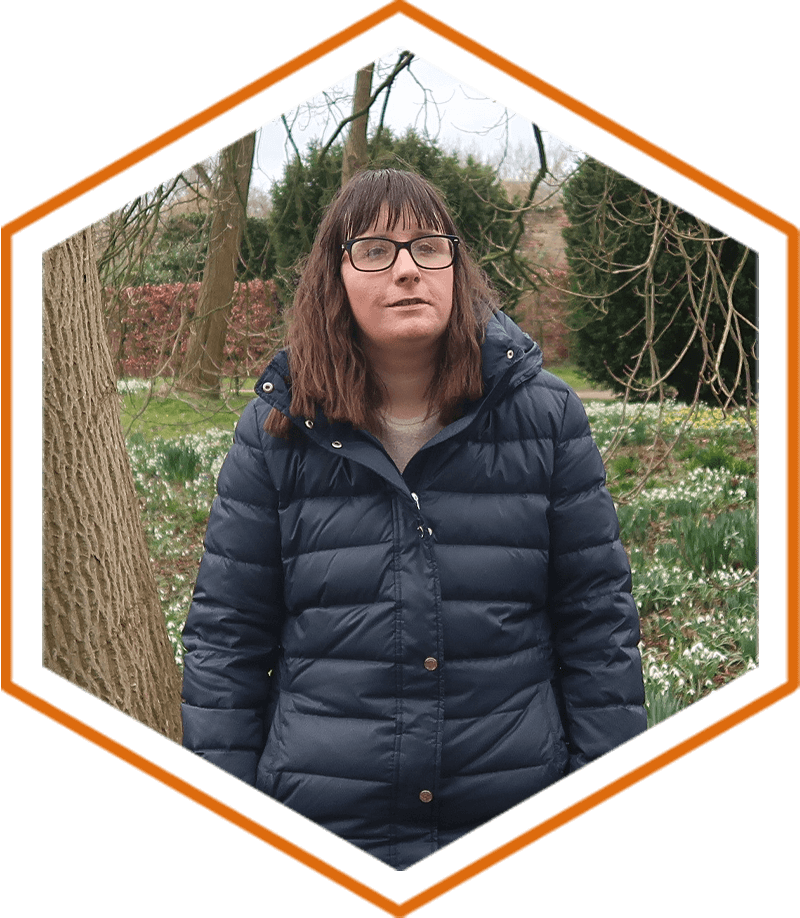Award-winning disability blogger, freelance writer and communications professional, Holly Tuke, shares an inspiring blog that delves into the importance of digital accessibility.

I’m registered blind, and in many ways, assistive technology and digital accessibility gives me access to the sighted world.
I work as a social media professional within the charity sector. There’s not a day that goes by where I don’t talk about accessibility.
Aside from my job, I’m a blogger, freelance writer and disability advocate. You’ll find me talking about accessibility at any given opportunity. That’s because it’s something I’m extremely passionate about. Most importantly, accessibility has an impact on everyone, whether you realise it or not.
Digital accessibility is part of every corner of my life. Without it, I couldn’t do my job, the freelance work I do, keep in contact with my friends and family, purchase online shopping, book trips and concerts … the list goes on. Thanks to my trusty screen reader on my phone, laptop and iPad, I’m able to use those devices every single day to do a myriad of tasks. Yet the reality is that it isn’t as plain sailing as it sounds. A lack of digital accessibility means that I’m often excluded from doing some of the tasks you probably do every single day without a second thought.
Take online shopping for example.
You might have a choice of apps you use for your weekly grocery order. Disabled people like me, however, don’t have that choice. We find ourselves sticking to what we know because it’s the most accessible.
The same goes for online shopping. If I want to buy a new outfit for a special occasion, I’m left feeling deflated and frustrated due to a lack of accessibility of clothing websites.
Vague descriptions of items of clothing, a lack of unlabelled links and buttons, and a generally poor user experience leave me asking myself why I decided to look for a new outfit in the first place. I have to ask sighted people for help, taking away my independence.
Those feelings of a lack of independence and frustration are all too common when I’m accessing the online world.
Barriers such as unlabelled links and buttons, no use of headings, a lack of images with alt text, and not being able to navigate the site using a keyboard coupled with my screen reader are some of the most common barriers I face on a daily basis.
When that happens, I either have two choices:
- The first is to ask a sighted person for help. That means they have to do the task for me. That takes away my independence which is not what I want. Who does?
- The second option is to click off. If a website isn’t accessible, I’ll be unlikely to return in the future.
Deep down, I know that’s not what brands and businesses want. Disabled people’s time, money and customer experience are just as valuable.
It doesn’t stop there. I’m left pondering whether to contact the company to encourage them to make their website accessible, and to inform them of the issues I’ve encountered. That’s if I can even find contact details, or if the contact form is accessible.
If I did that for every website I visit, I’d probably be there all day. So it’s always encouraging to see a dedicated accessibility section on a website. It tells me that they care about disabled customers, and that accessibility is a work in progress.
Brands, businesses and organisations, listen up

Make accessibility a priority. Put it at the top of your priority list, and keep it there. Accessibility should be embedded in your organisation – from employing disabled people and making your workplace inclusive, to designing new products and services, to making your website, social media and communications accessible for your customers.
Take note of feedback from disabled people. There’s nothing more important than hearing from people with lived experience, who have used your website or read your marketing materials. Disabled people are the experts.
Test your website using a range of assistive technology. Can people navigate it easily and independently?
If you put the time, money and resource into accessibility, the output will be greater than you imagine. Take it from a disabled person, I can tell you that it’ll be worth it.
Both exclusion and inclusion have a lasting impact. Make sure it’s the latter that has the impact.
There are over 1 billion disabled people in the world, think about that for a minute. Is there really a reason for you not to be considering digital accessibility? I’m sure I don’t need to give you the answer to that one.
Accessibility looks different to everyone. To me, good digital accessibility means that I’m able to navigate the digital space accessibly, easily and independently. Whether that’s accessing a website, reading presentations and important documents, or using social media. I see inclusion at the heart of it all. Pun absolutely intended there. All I want is to be able to navigate our online world without feeling frustrated or excluded. I know I’m not alone in feeling that way.
I can’t put into words how thankful I am that accessibility has come a long way in recent years. It’s come on leaps and bounds. Whilst I think we’re on the way to an accessible digital world, we’re not quite there yet. It’s estimated that only 3% of the world’s websites are accessible. I’m sure you’ll agree with me that we have a long way to go.
If everyone commits to accessibility, then we can all play a part in changing those figures. Accessibility is everyone’s responsibility.
My hope is that everyone recognises that shared responsibility, and plays their part in making that a reality. Even the smallest changes can go a long way.
The next time you think there’s no point making something accessible, try to think more broadly. Think outside of your own lived experience.
Give everyone the access they deserve.
Read more of Holly Tuke’s award-winning work
You can follow Life of a Blind Girl and keep up-to-date with best accessibility practices, across the following online channels:
